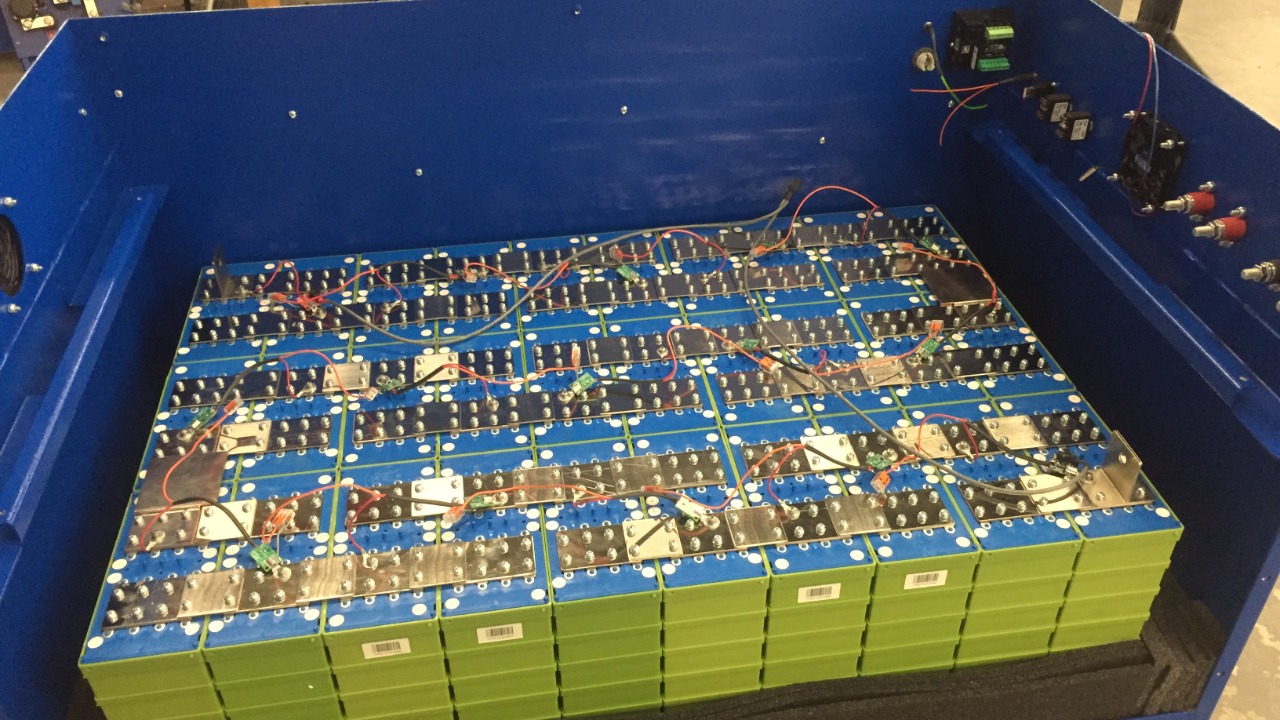
As the world shifts towards sustainable energy, electric vehicles (EVs) are at the forefront of this transformation. Central to their evolution are the batteries that power them. With innovative technologies emerging, these batteries promise to redefine the landscape of electric mobility. Here are eight EV batteries that could revolutionize everything.
1. Solid-State Batteries
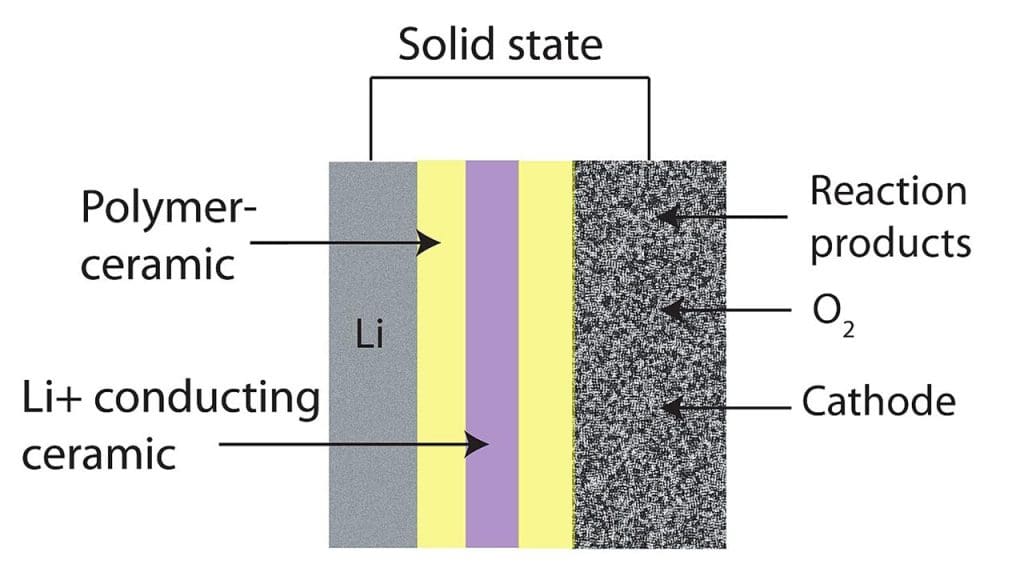
Solid-state batteries are generating excitement due to their potential to offer higher energy density and improved safety compared to traditional lithium-ion batteries. By using a solid electrolyte, these batteries can reduce the risk of leaks and fires, a common concern with liquid electrolytes. Moreover, solid-state batteries promise faster charging times and longer lifespan, making them a promising candidate for the next generation of electric vehicles. As they continue to be developed, their impact on the future of EV batteries could be significant.
2. Lithium-Sulfur Batteries

Lithium-sulfur batteries are being hailed as a potential game-changer due to their high energy-to-weight ratio. This makes them particularly attractive for applications where weight is a critical factor, such as in electric aviation. These batteries can theoretically store up to five times the energy of lithium-ion batteries at a lower cost. However, challenges remain in improving their cycle life and overcoming the effects of the polysulfide shuttle phenomenon. Research continues to tackle these issues, bringing lithium-sulfur technology closer to commercial viability.
3. Graphene-Based Batteries
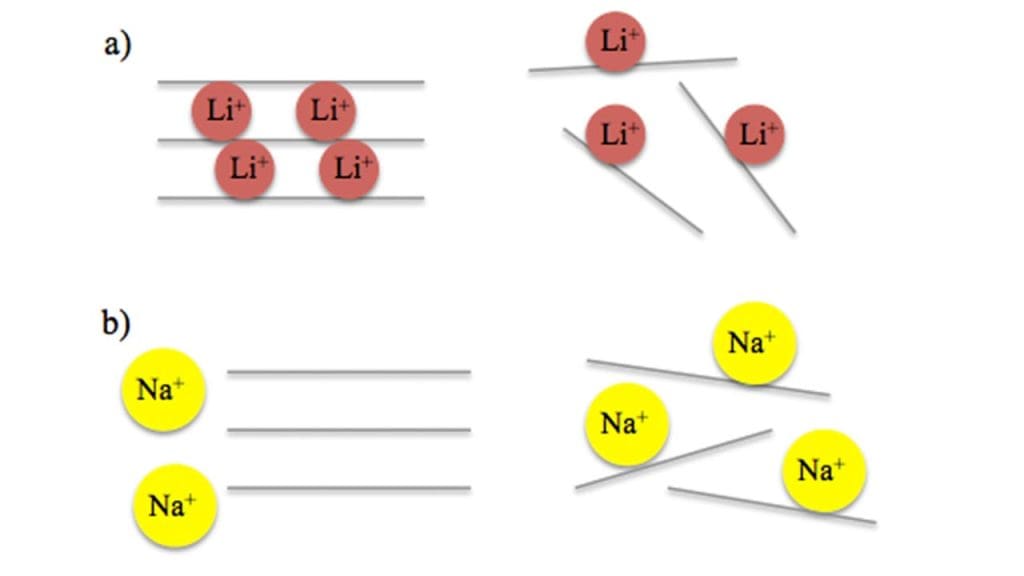
Graphene, a single layer of carbon atoms arranged in a two-dimensional lattice, is proving to be a remarkable material for battery technology. Graphene-based batteries offer faster charging times and longer lifespan due to their superior conductivity and strength. They also have the potential to improve energy density and thermal management in EVs. While still in the research phase, the unique properties of graphene may soon lead to breakthroughs that enhance the performance and efficiency of electric vehicles.
4. Sodium-Ion Batteries
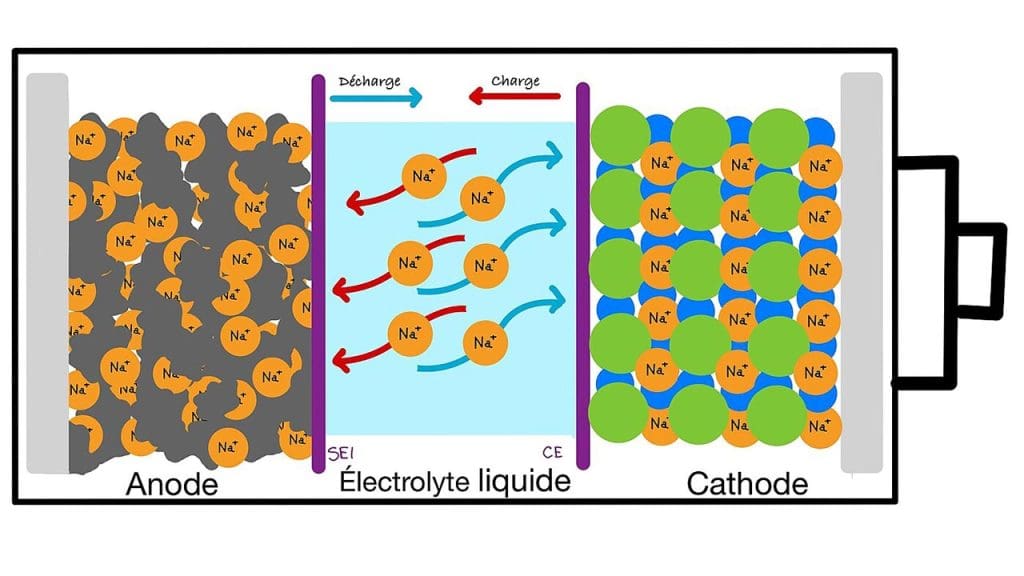
Sodium-ion batteries present an attractive alternative to lithium-ion batteries due to the abundance and low cost of sodium. These batteries are environmentally friendly and offer competitive performance, though they currently fall short in terms of energy density and cycle life. Ongoing developments aim to address these limitations, making sodium-ion technology an exciting area of research. By providing a sustainable and cost-effective solution, sodium-ion batteries could play a crucial role in the widespread adoption of EVs.
5. Aluminum-Air Batteries
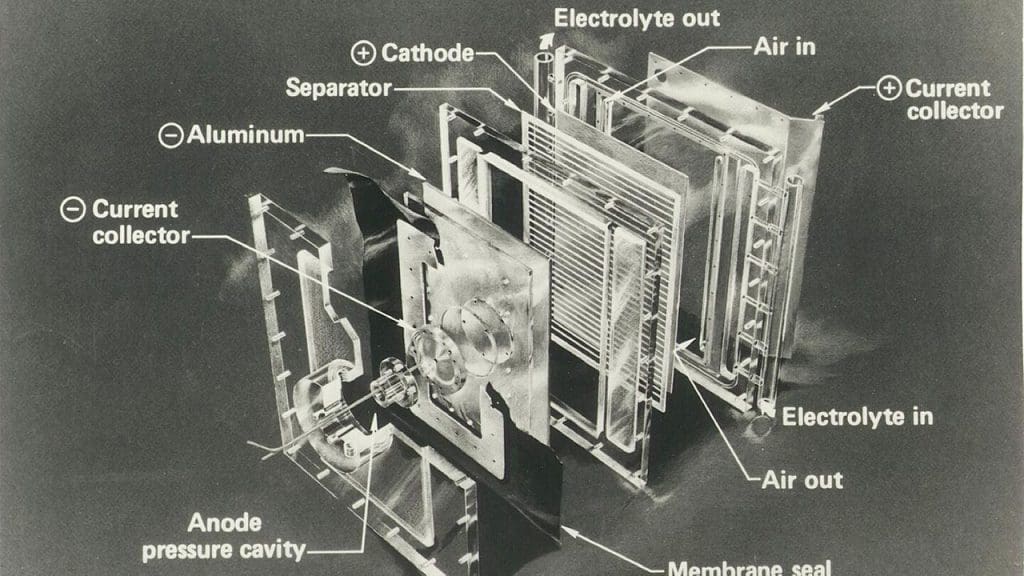
Aluminum-air batteries are known for their exceptional energy density, offering a promising solution for extending the range of electric vehicles. However, their primary challenge lies in the need for frequent maintenance and replacement of the aluminum anode. Despite this, the potential for aluminum-air technology to deliver long-range capabilities at a low cost keeps it on the radar of researchers and manufacturers. As advancements continue, these batteries may soon provide a viable option for long-distance EV travel.
6. Silicon Anode Batteries

Silicon anode batteries are being developed to replace graphite anodes in lithium-ion batteries, offering significantly higher capacity. Silicon can store up to ten times more lithium than graphite, potentially leading to batteries with much greater energy density. However, silicon’s tendency to expand and contract during charging cycles poses challenges for its use. Researchers are exploring innovative solutions to overcome these issues, making silicon anodes a hot topic in the quest for more efficient EV batteries.
7. Flexible and Stretchable Batteries
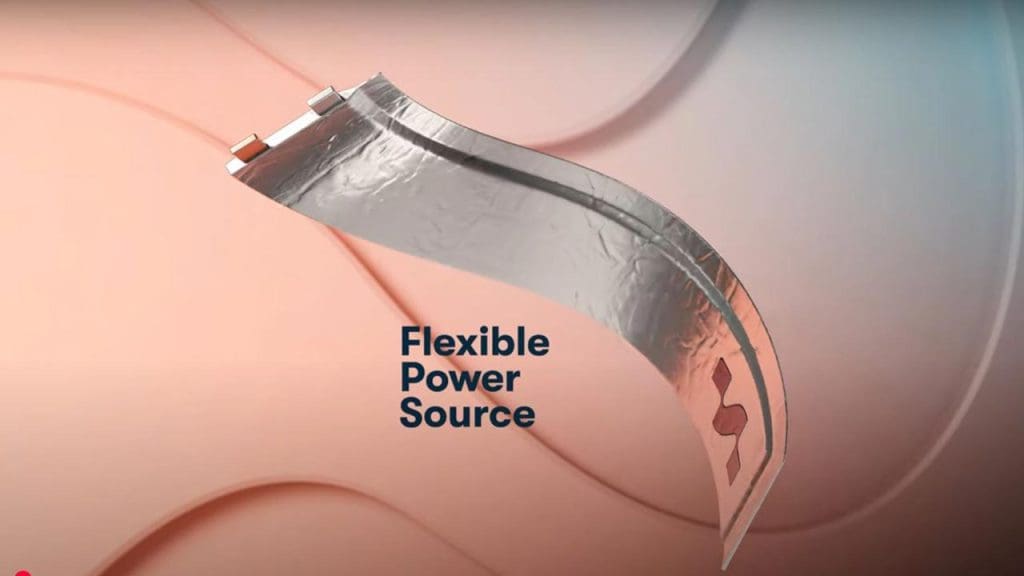
Flexible and stretchable batteries are poised to revolutionize the design and integration of batteries in a variety of applications. These batteries can conform to different shapes and surfaces, allowing for more innovative and ergonomic designs in electric vehicles. By incorporating materials that maintain performance under mechanical stress, these batteries promise to deliver reliable power in a form factor that adapts to the evolving needs of modern technology. This flexibility could open new avenues for wearable tech and portable devices as well.
8. Recycling and Second-Life Batteries
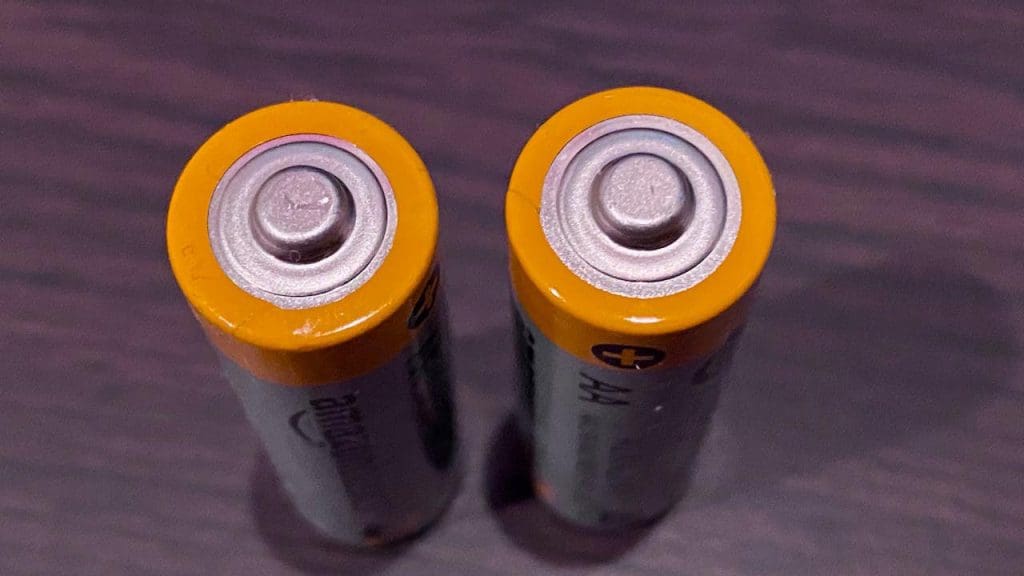
The future of EV batteries isn’t just about new technologies; it’s also about sustainability. Recycling and repurposing batteries can significantly reduce waste and lower the environmental impact of EVs. Second-life applications, where used batteries are repurposed for less demanding tasks, extend the lifecycle of these power sources. As the industry moves towards a circular economy, innovations in recycling and second-life use will be essential for creating a sustainable future for electric vehicles.